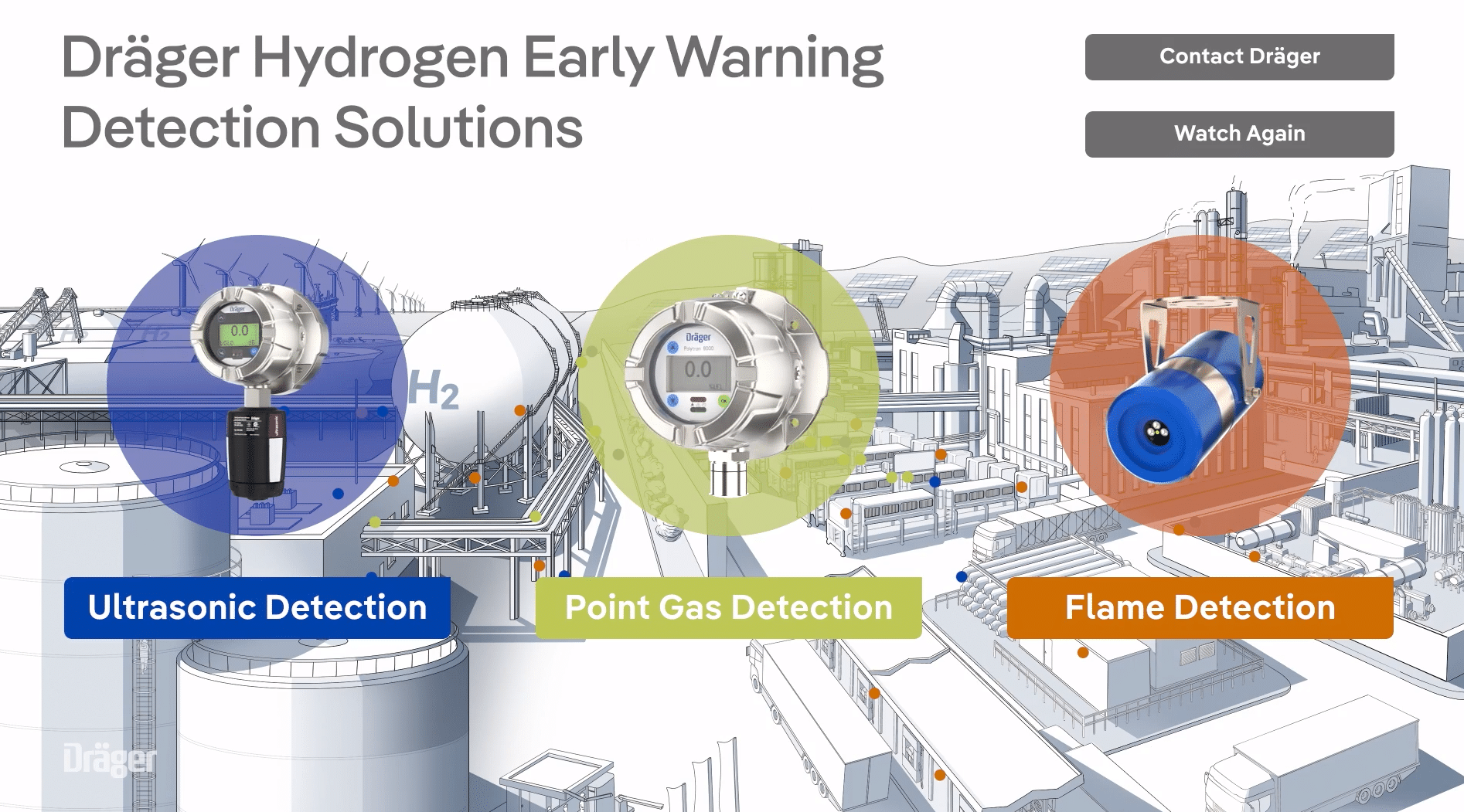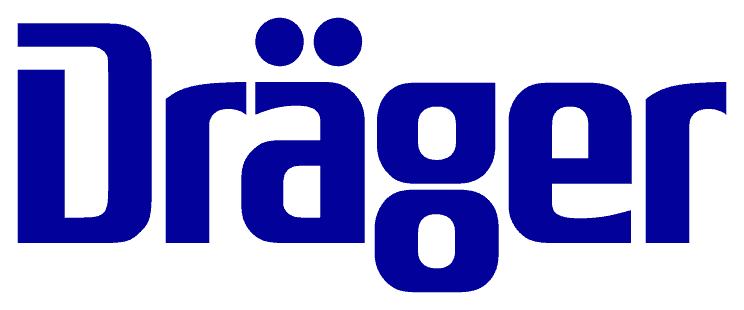Dräger Products for Hydrogen Safety

Hydrogen (H2) is a major initiative for green energy in the future, particularly in transportation. While much of the infrastructure to deliver it remains to be built, the number of hydrogen production and distribution facilities is expanding. Cross provider Dräger has been working with hydrogen and many other gasses for years and has developed a product portfolio to help detect dangerous situations before they become critical. Read their recent ebook about how to meet the safety challenges of hydrogen.

Hydrogen Risks and Benefits of Safety Equipment
Hydrogen does not impose major new risks compared to other fuels, and the actual hydrogen fuel cell is a very safe unit. The trouble spots occur where people are involved in tasks along the hydrogen value chain, from production to use – refilling tanks, for example, transport and maintenance.
Pure hydrogen cannot explode but the risk comes when it mixes with oxygen. If hydrogen is allowed to escape, even a static spark from clothing would be enough to set off an explosion
Hydrogen burns with a very pale, invisible flame which gives off little heat. Special UV detectors are needed to detect hydrogen flames.
Hydrogen has low viscosity and small molecules, so it leaks more easily from pipelines and other structures than denser gasses. In fact, if leaked at sufficiently high pressure, hydrogen can self-ignite. Regular inspection of leak points at joints and along pipelines are critical, with fixed leak detectors adding a second layer of safety.
Carbon monoxide (CO) sensors are cross-sensitive to hydrogen, so need to be compensated for hydrogen to reduce false alarms.
Like ammonia and methane, hydrogen is less dense than air and forms gas pockets below indoor ceilings when leaking. The presence of hydrogen will not be noticed at ground level, even when dangerous amounts are accumulating.
With no odor and no smell, hydrogen can’t be detected by humans, making gas and leak detectors essential.
Dräger Interactive: Hydrogen Early Warning Detection Solutions
Hydrogen leaks are difficult to detect, especially outdoors. Because hydrogen is extremely flammable and explosive, the early detection of leads in hydrogen plants is crucial to ensuring safety. Dräger provides a matrix of hydroven detection technologies that work together to deliver a comprehensive early warning solution for hydrogen plants. Take a look at their interactive video tool to learn more about Ultrasonic Detection, Point Gas Detection, and Flame Detection.

Available In The Following Areas
More information From Dräger
Interested in learning more? Contact a Cross team member today to discuss your application and see how we can help your operation!

